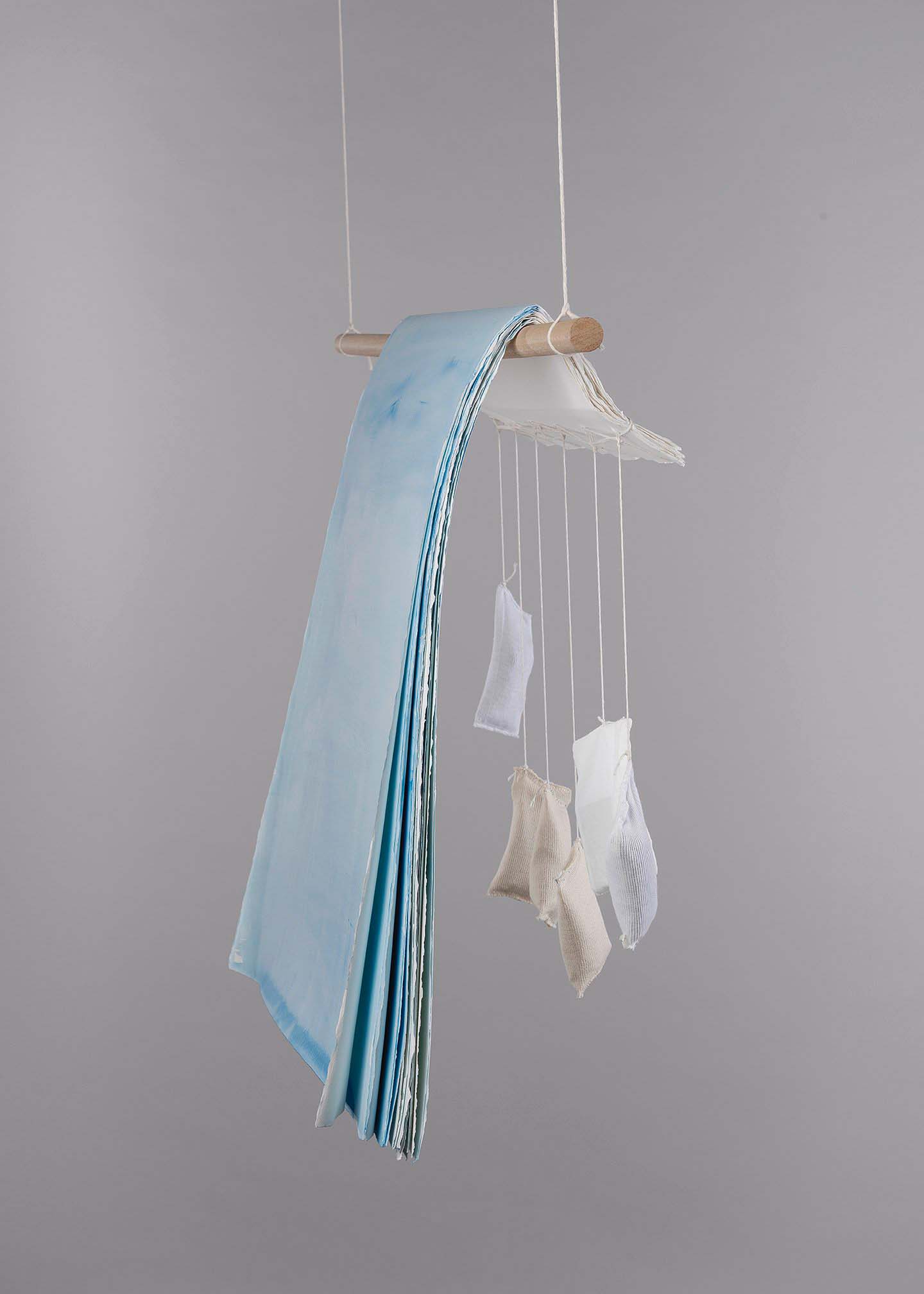- Apply
- Visit
- Request Info
- Give
Published on August 07, 2023
Janet Passehl
It's a colossal job, a body of over twelve-thousand works of art made by or collected by Sol LeWitt. If we were a museum, I'd be all the departments!”
— Janet Passehl
WEST HURLEY, NEW YORK, UNITED STATES, June 29, 2023 (EINPresswire.com)
AIM Higher is pleased to announce the publication of an interview with Janet Passehl, a visual artist, author, and Sol Lewitt's long-time curator. Ms. Passehl's work has been exhibited at museums and galleries in Europe, Australia, New York, and New England. She was Sol LeWitt’s Curator for seventeen years during his lifetime and remains the curator of his private art collection.
Passehl explained, "It's a colossal job, a body of over twelve-thousand works of art made by or collected by Sol LeWitt. If we were a museum, I'd be all the departments! It was an almost unfathomable privilege to witness up close the practice of such a brilliant and successful artist and get to know his work so intimately. The job has also given me some important friendships, and directly and indirectly led to exhibition opportunities for my work."
Ms. Passehl's work is presently focused on hand-woven plain cloth works that she describes as "collaborations among material, light, space, gravity, time, duration, nuance, and attentiveness. Thread entanglements, breakages, variances in tension, the vagaries of my second-hand loom, and my own body and mind are reflected in the form, surface, and posture of the final pieces." In addition, Passehl creates hand-made single poem books that merge visual art and language and is the author of a full-length poetry collection "Clutching Lambs," published by Negative Capability Press.
Passehl's cloth works were recently featured in "Allegro/Adagio," a two-person installation at Tibaldi Arte Contemporanea in Rome, and as part of Salon Zürcher's Women of Spirit series in Manhattan. The latter, curated by Gwenolee Zurcher, takes as inspiration the 18th-century French term "Femmes d’esprit," which referred to female painters, writers, and intellectuals, routinely under-recognized by their male contemporaries and the public.


